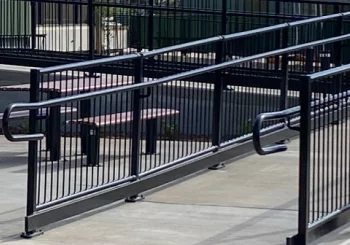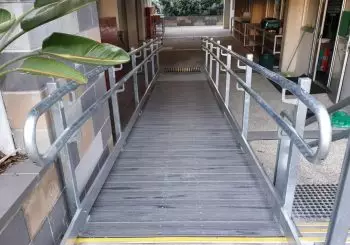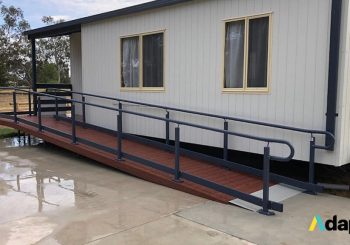For individuals who rely on wheelchairs and other mobility aids such as electric scooters, entering areas that have a structural elevation that require steps or thresholds can be challenging. Although there are laws in place requiring business owners to ensure that their establishments can be safely accessed by people with disabilities or mobility issues, there are still certain areas that can’t be easily accessed by wheelchairs.
Fortunately, there are various types of ramps that can help individuals access different places. Since many of these are portable, they can be easily deployed in areas that don’t have an existing wheelchair ramp.
Permanent Ramp
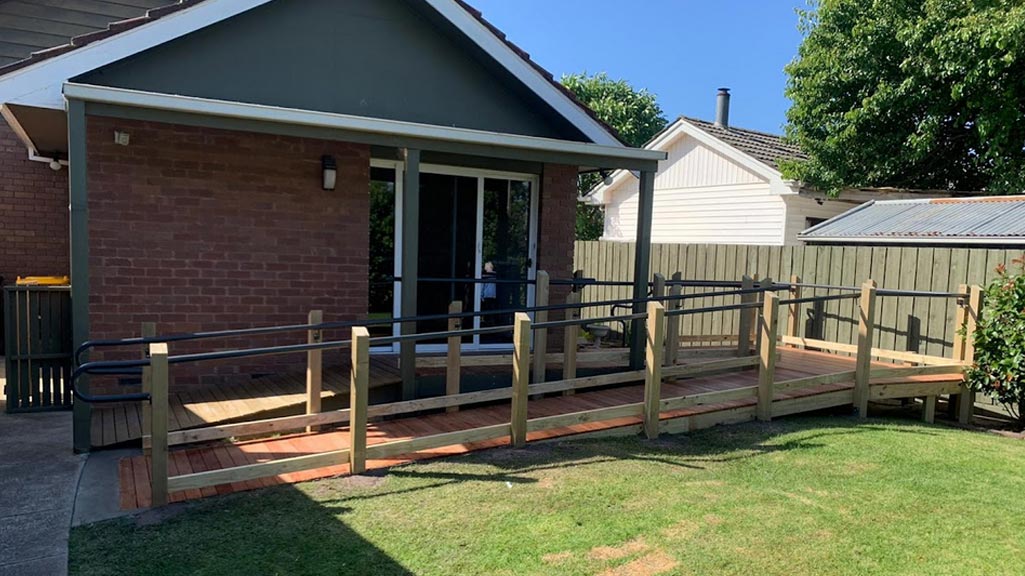
Although permanent wheelchair ramps aren’t as modular as the others featured in this article, they still have a couple of advantages. For one, due to their nature, permanent outdoor wheelchair ramps are generally studier than portable ones. They can be designed to withstand prolonged exposure to harsh weather conditions and frequent, heavy foot traffic. Also, a permanent ramp can be built to match or complement the aesthetics of a structure such as a house or a commercial establishment.
Threshold Ramp

In addition, due to their simple design, threshold ramps provide a cost-effective solution to making an area more accessible to wheelchair users. They are compact enough to be easily installed on other doorways that have thresholds.
Folding Ramp
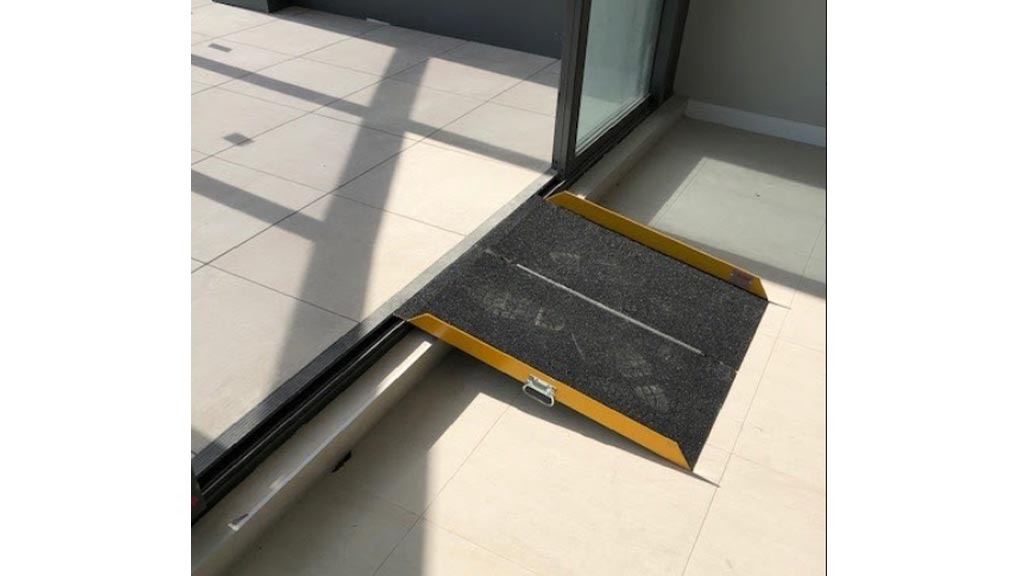
In Australia, the law requires that ramps used in commercial establishments or public spaces should have handrails. Since folding ramps are not equipped with this feature, it’s highly recommended that this ramp be only for personal use or at home.
Suitcase Ramp
Likewise, suitcase ramps can be folded for easy transport and storage. They are equipped with a handle, which allows users to carry them easily. Since they are usually about a metre long, suitcase ramps are useful for crossing a small set of stairs. Despite their small size, suitcase ramps are sturdy and can support a weight of over 300 kilograms.
However, like folding ramps, suitcase ramps also do not have the necessary safety features required by the Disability Discrimination Act. Because of this, they can’t be used as the main ramp for public places such as shops, offices, parks, and other commercial establishments.
Telescoping Ramp
The telescoping ramp is another portable model that can conveniently help people in wheelchairs enter various places. This item is made up of two channels that have a telescoping design for easy storage. Each channel is usually about a couple of centimetres wide and is equipped with bumpers to prevent wheelchairs or mobility scooters from falling off.
Telescoping ramps provide a practical way of accessing uneven areas or a small installation of steps. They can also be used to allow people with mobility issues to enter vehicles that are not wheelchair-accessible. Due to their narrow and compact designs, the channels of this type of ramp can be easily stored in the trunk or under the seats of a car.
Modular Ramp
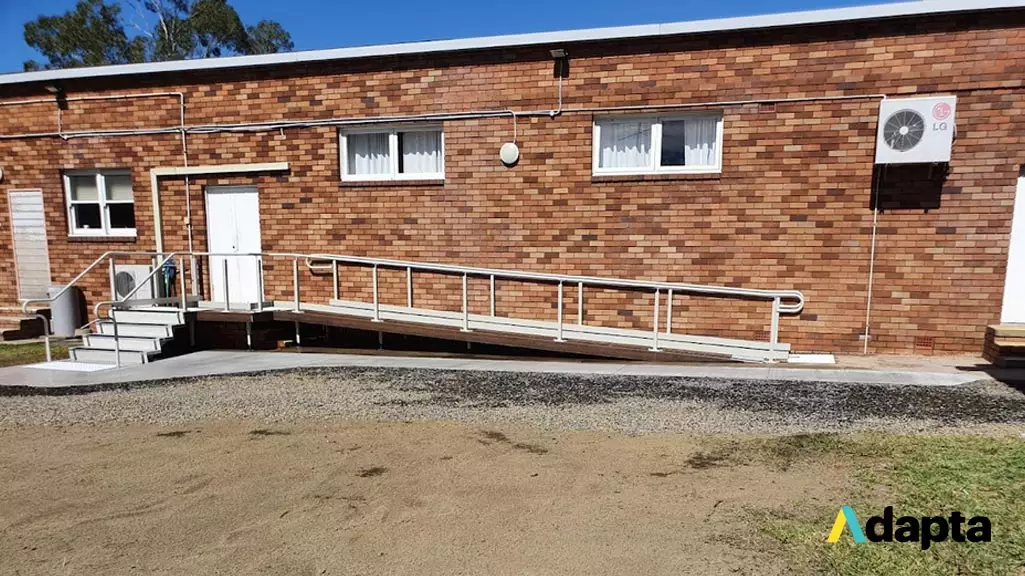
These ramps, which are usually made out of aluminium, are composed of sections that can be disassembled in case you need to install them at a different location. More importantly, since modular ramps can be constructed with various safety features such as kerb rails and handrails, they are required to be DDA-compliant so that they can be used in commercial establishments.


